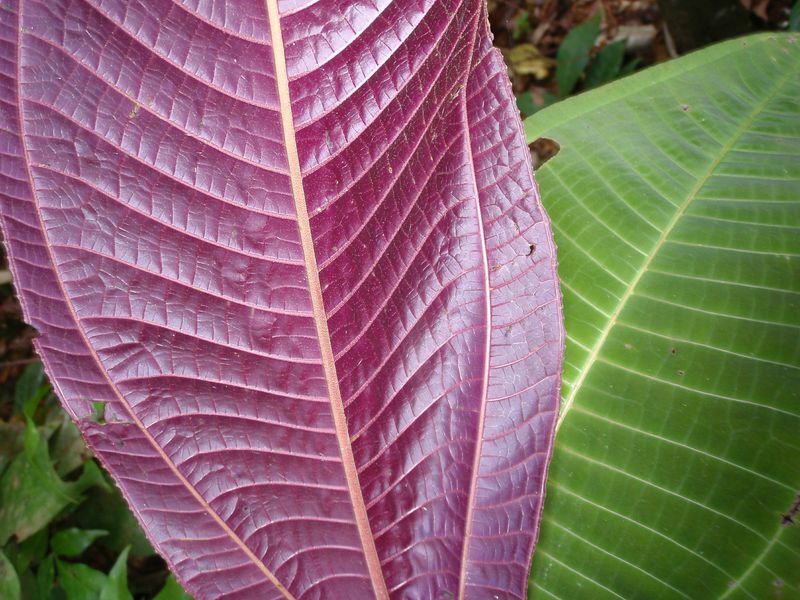The sheer density of the rainforests in Australia's far-north creates a slight problem for local conservationists. With incursions by invasive plants posing a threat to the native flora, inaccessibility for people makes it a difficult and time-consuming task to monitor the region. Now researchers from the CSIRO have developed two mini helicopters capable of hunting down the dangerous weeds from the air, significantly reducing the resources needed to preserve local plant life.
"In the biosecurity space effective surveillance is critical, we need to be able to detect incursions quickly and accurately," says CSIRO Biosecurity Flagship Science Director, Dr Gary Fitt. "Technologies like the autonomous helicopter or other autonomous platforms provide us with another tool in the fight against these biological invasions."
One weed of particular concern is the aggressive Miconia calvescens (also known as the purple plague). According to Australia's Department of Environment, it has the potential to cause "irreversible damage to Australia's rainforests." Fruit-eating birds spread its berries far and wide, which then grow into thick evergreen trees that crowd out native plants.

Currently, the weeding out of Miconia involves conservation teams flying full-sized helicopters over the forests, scoping out the plants by eye. The new approach involves mini helicopters small enough to fit in a van. These were originally provided by Project ResQu, a research project funded by the state of Queensland aimed at advancing safety of unmanned aerial vehicles in disaster recovery applications. The CSIRO researchers developed the prototypes over two years, producing vehicles they claim are easy to use and highly effective in spotting unwelcome plant life.
"They performed better than expected, finding Miconia plants in dense rainforest that hadn’t been spotted before," says CSIRO robotics researcher Dr Torsten Merz. "Once the invasive plant is identified, they are removed from the rainforest."

The helicopters were used to survey rainforests around El Arish, a small town south of Cairns in tropical Queensland. They proved effective in not only picking out Miconia, but a number of other species of weeds as well. The helicopters are capable of navigating obstacles autonomously, a technology explored by Project ResQu earlier this year, while also capturing images and the location for review by security staff.
"They allow the team to review footage when they need to rather than take to the skies and eyeball weeds on the go from full-sized manned helicopters, which can also be expensive and time consuming," said Queensland's Science Minister, Ian Walker.
Source: CSIRO













